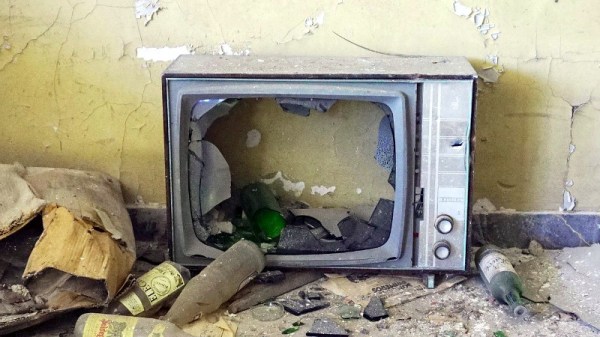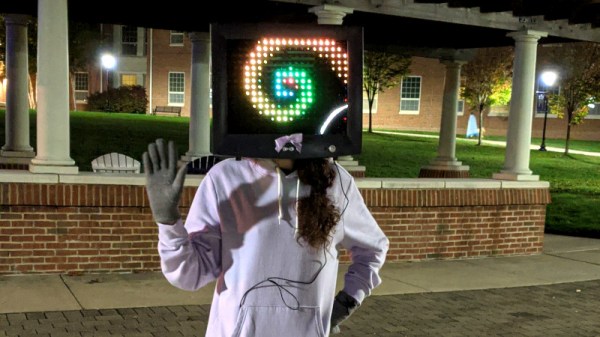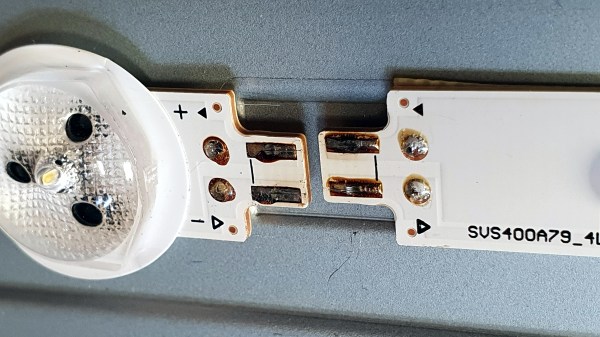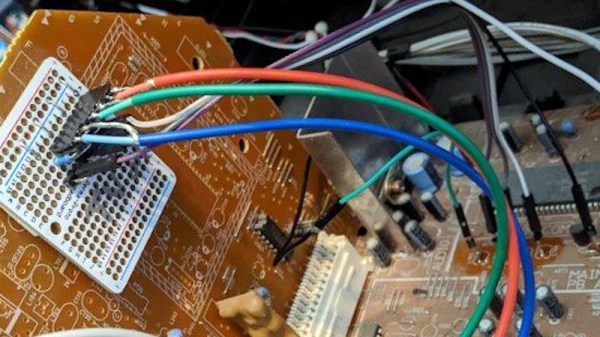In a time when multi-channel digital TV is the norm it’s a surprise to find that a few low-power analog stations are still clinging on in some American cities. These are sometimes fill-in stations for weak signal areas, or more usually the so-called “FrankenFM” stations who transmit static images or digital patterns and derive income from their sound channel lying at the bottom end of the FM band to form unintended radio stations. Their days are numbered though, because the FCC is requiring that they be turned off by July 13th. There’s a way forward for the broadcasters to upgrade to low-power digital, but as you might expect they’re more interested in retaining the FrankenFM frequency from which they derive income.
The industry is represented by the LPTV coalition, who have requested permission to retain their FM frequency alongside their digital service. This has faced stiff opposition from other broadcasters, who see the very existence of the FrankenFM stations as a flagrant flouting of the rules that shouldn’t be rewarded. The FCC have yet to make a ruling, so there remains a slim chance that they may win a reprieve.
The sad tale of the few lingering analog TV stations in the USA is a last flickering ember of a once-huge industry that has been eclipsed without anyone but a few vintage technology geeks noticing, such has been the success of digital broadcasting. But analog TV is a fascinating and surprisingly intricate system whose passing however faint is worth marking.
Header: Tiia Monto, CC BY-SA 3.0.



















